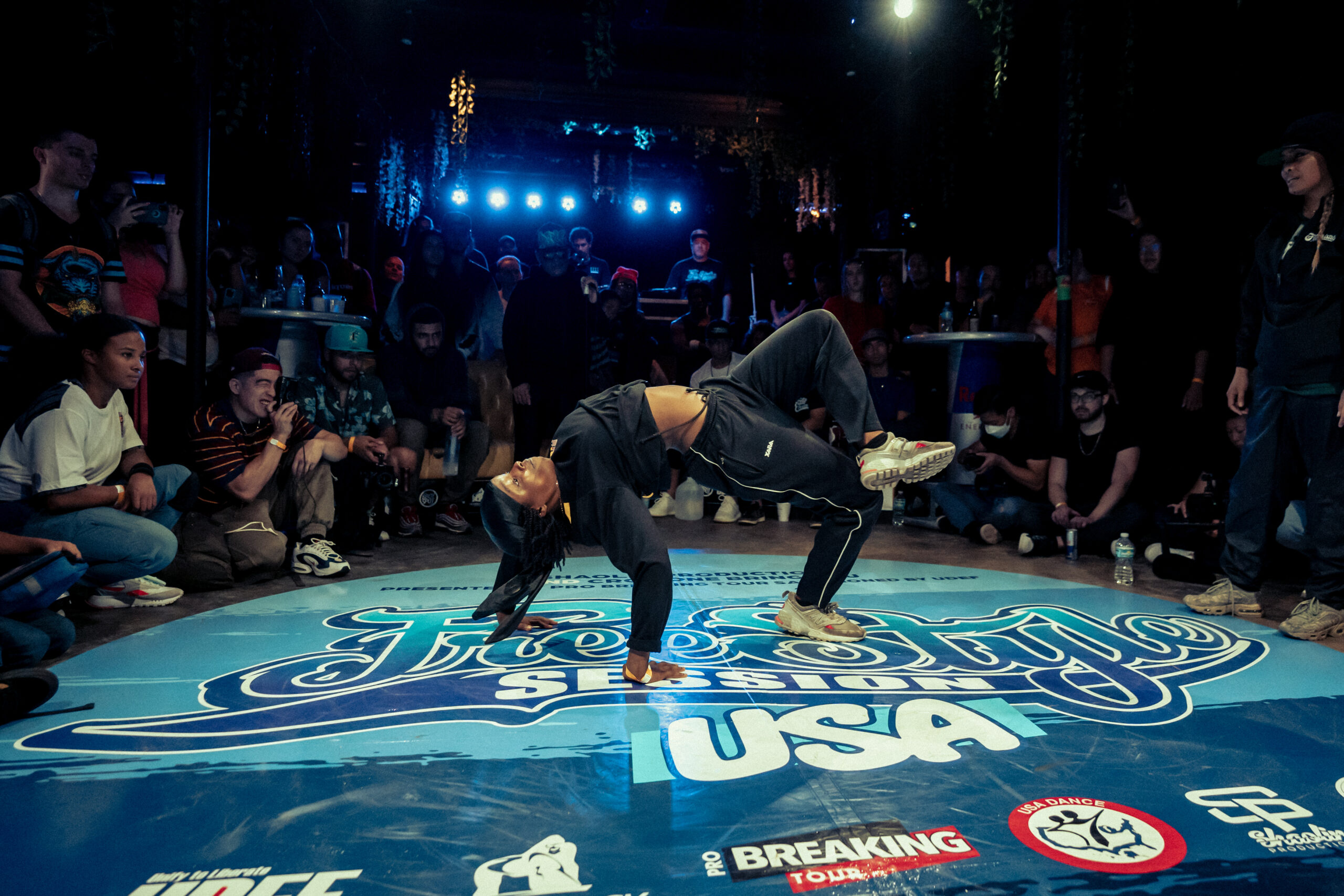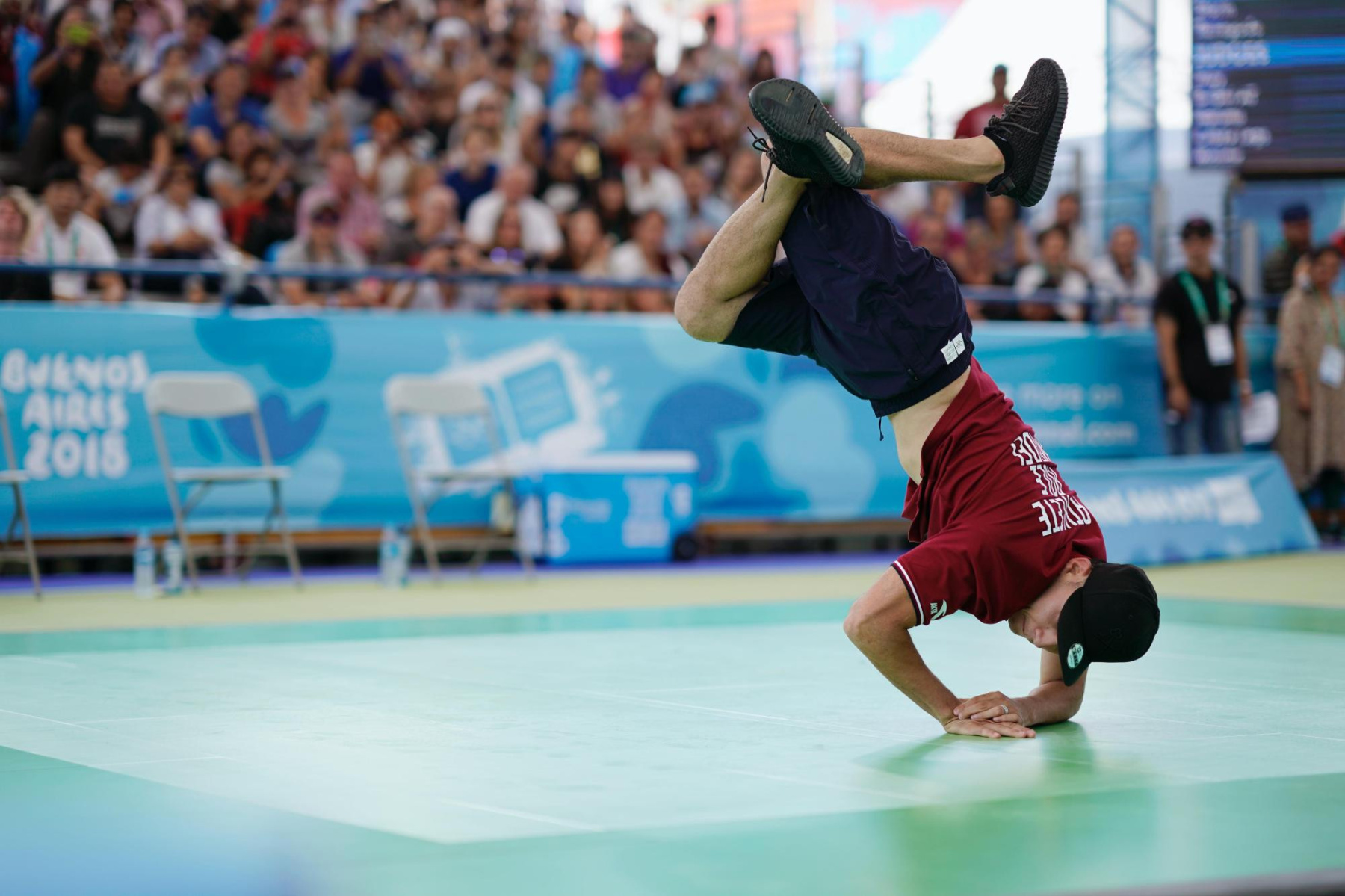Historical Milestones

The journey of women in the Olympics is a testament to their unwavering spirit and the fight for equality in sports. From limited participation to becoming formidable athletes, women have broken barriers and inspired generations. This journey is marked by significant moments, challenges, and the emergence of pioneering women who paved the way for future athletes.
Early Participation and Challenges
The early years of the Olympics saw limited participation by women. The first official women’s events were introduced in 1900, with a few sports like golf, croquet, and tennis. However, the inclusion of women faced resistance and skepticism, with some arguing that sports were not suitable for women.
“The Olympic Games were conceived as a celebration of the male physique and its potential for athletic achievement,” said Pierre de Coubertin, founder of the modern Olympic Games.
Despite these challenges, women continued to push boundaries. In 1928, the first women’s track and field events were introduced, marking a significant milestone in the evolution of women’s sports in the Olympics. However, the number of events remained limited, and the participation of women in certain sports was restricted.
Expansion of Women’s Events
The 1960s and 1970s saw a significant expansion of women’s events in the Olympics. The introduction of new sports, like swimming, gymnastics, and volleyball, opened up more opportunities for women athletes. This expansion was driven by the growing recognition of women’s athletic abilities and the increasing demand for equal participation in sports.
- The 1972 Munich Olympics witnessed a significant increase in the number of women’s events, with women competing in 13 sports.
- The 1984 Los Angeles Olympics saw the inclusion of women’s marathon, further expanding opportunities for women in endurance sports.
Pioneering Women Athletes
The history of women in the Olympics is filled with inspiring stories of athletes who broke barriers and set records. These pioneers challenged societal norms and paved the way for future generations of women athletes.
- Babe Didrikson Zaharias (USA): A multi-talented athlete, Zaharias excelled in golf, track and field, and basketball. She won two gold medals and a silver medal in the 1932 Olympics and became a symbol of women’s athletic prowess.
- Fanny Blankers-Koen (Netherlands): Known as the “Flying Housewife,” Blankers-Koen dominated the 1948 Olympics, winning four gold medals in track and field events. Her achievements defied expectations and inspired women around the world.
- Wilma Rudolph (USA): Overcoming childhood polio, Rudolph became a legendary sprinter. She won three gold medals in the 1960 Rome Olympics, becoming a symbol of perseverance and athletic excellence.
Breaking Barriers and Achieving Equality: Womens Breaking Olympics

The inclusion of breaking in the Olympics marks a significant step towards greater gender equality in sports. Breaking, with its dynamic and expressive nature, has the potential to challenge traditional notions of athleticism and inspire a new generation of female athletes. However, while progress has been made, there are still disparities in participation and achievement between women and men in various Olympic sports. Examining these disparities and the underlying societal factors that contribute to them is crucial for promoting a truly inclusive and equitable Olympic movement.
Participation Rates and Achievements in Olympic Sports
Understanding the differences in participation and achievement between women and men in various Olympic sports is essential to assess the progress made towards gender equality. While participation rates for women have increased significantly over the past decades, disparities still exist. For example, in sports like boxing, weightlifting, and wrestling, the number of female athletes participating remains significantly lower than their male counterparts. This disparity can be attributed to a combination of factors, including historical underrepresentation, limited access to resources, and societal expectations that often discourage women from pursuing these sports.
- Participation Rates: The International Olympic Committee (IOC) has made significant efforts to promote gender equality in the Olympics. The IOC’s “Agenda 2020” aims to achieve gender parity in the Games by 2024. This goal has been achieved in terms of the number of female athletes participating, with over 45% of athletes being women at the Tokyo 2020 Games. However, this progress is not uniform across all sports. In some sports, the number of female athletes remains significantly lower than male athletes. For example, in the 2020 Tokyo Olympics, only 15% of boxers were women, compared to 85% men.
- Achievement Gaps: While women have achieved remarkable success in various Olympic sports, a gender gap in medal counts persists. Women have consistently won fewer medals than men in many sports. This gap is particularly pronounced in sports like swimming, athletics, and gymnastics, where women have historically dominated. However, the gap is narrowing in other sports, such as cycling and rowing, where women are increasingly achieving top rankings and winning medals.
Impact of Societal Norms and Cultural Expectations, Womens breaking olympics
Societal norms and cultural expectations play a significant role in shaping women’s athletic pursuits. These factors can create barriers to participation, limit opportunities for development, and influence the perception of women’s abilities in sports. Traditional gender roles and stereotypes often portray women as less athletic or physically capable than men. This perception can lead to a lack of support and encouragement for girls and women to pursue sports, particularly those considered “masculine.”
- Gender Stereotypes: Traditional gender roles and stereotypes can influence the types of sports that girls and women are encouraged to participate in. Sports like gymnastics, figure skating, and rhythmic gymnastics are often seen as more “feminine” and acceptable for girls, while sports like football, basketball, and boxing are often considered “masculine” and less appropriate for women. These stereotypes can limit opportunities for women to explore and excel in a wider range of sports.
- Cultural Norms: Cultural norms and expectations can also impact women’s participation in sports. In some cultures, women’s athletic pursuits may be discouraged or seen as a threat to traditional gender roles. Limited access to education, training facilities, and financial resources can further hinder women’s participation in sports.
Role of Gender Equality Initiatives and Policies
Gender equality initiatives and policies are crucial for promoting women’s participation and success in the Olympics. These initiatives aim to address the underlying societal factors that create barriers to women’s participation in sports and to ensure equal opportunities for all athletes, regardless of gender.
- Equal Access to Resources: Ensuring equal access to training facilities, coaching, and financial support is essential for empowering women athletes. Initiatives that provide scholarships, training programs, and mentoring opportunities can help to level the playing field and create a more equitable environment for women in sports.
- Challenging Gender Stereotypes: Promoting positive role models and challenging gender stereotypes through media campaigns, educational programs, and community outreach can help to change societal perceptions and encourage more girls and women to participate in sports.
- Policy Changes: Policy changes, such as quotas for female athletes in competitions and gender-neutral selection criteria, can help to ensure that women have a fair chance to compete at the highest level.
Impact and Inspiration

The triumph of women in the Olympics has not only brought glory to their nations but also ignited a profound impact on society, leaving an enduring legacy that inspires generations. Women’s Olympic achievements have been instrumental in driving progress in various areas, from advancing women’s rights to fostering increased participation in sports.
Impact on Society
Women’s Olympic achievements have contributed to significant advancements in society, particularly in the areas of women’s rights, sports participation, and the creation of inspiring role models.
| Area | Impact |
|---|---|
| Women’s Rights | Olympic success has served as a powerful platform for women athletes to advocate for gender equality and challenge societal norms. Their accomplishments have helped dismantle stereotypes and promote greater opportunities for women in all walks of life. |
| Sports Participation | Women’s Olympic triumphs have inspired young girls and women to embrace sports, leading to a surge in participation rates across various disciplines. This increased involvement has not only fostered physical well-being but also instilled valuable life skills such as teamwork, discipline, and resilience. |
| Role Models | Olympic champions have become powerful role models, demonstrating that women can achieve greatness in any field, including sports. Their stories of perseverance, dedication, and triumph have empowered countless individuals to pursue their dreams, regardless of gender. |
Inspiration for Young Girls and Women
The remarkable achievements of women athletes in the Olympics have ignited a spark of inspiration in countless young girls and women around the world. Their victories have served as a testament to the potential of women in sports and have encouraged them to break barriers and pursue their athletic dreams.
“Seeing women athletes compete at the highest level inspires young girls to believe that they too can achieve their dreams, no matter what the obstacles may be.” – Unknown
Advocacy for Social Change
Women athletes have used their platform to raise awareness about critical social issues and advocate for positive change. Their voices have amplified important conversations on gender equality, racial justice, and other pressing concerns, demonstrating the power of sports to drive social progress.
For instance, the iconic tennis player Billie Jean King’s victory over Bobby Riggs in the “Battle of the Sexes” in 1973 not only marked a historic moment in sports but also served as a powerful statement against gender discrimination. Similarly, the Black Power salute by Tommie Smith and John Carlos on the podium at the 1968 Olympics brought attention to racial inequality and sparked a global dialogue on social justice.
These examples highlight how women athletes have used their platform to create positive change, leaving a lasting impact on society beyond the realm of sports.
Womens breaking olympics – Yaaah, breaking is finally in the Olympics! It’s super dope to see women like B-Girl Sunny killing it on the international stage. These ladies are pushing boundaries and showing the world what they’re capable of. Breaking is more than just a dance, it’s a whole vibe, and it’s awesome to see it recognized in such a big way.
Yo, the women’s breaking scene at the Olympics was LIT! Those moves were next level, man. But hey, gotta be careful with all that sugar, you know? I heard there’s a link between artificial sweeteners and blood clots , so maybe stick to the natural stuff.
Anyway, those breakdancers were killin’ it! They’re definitely gonna be inspiring the next generation of dancers.